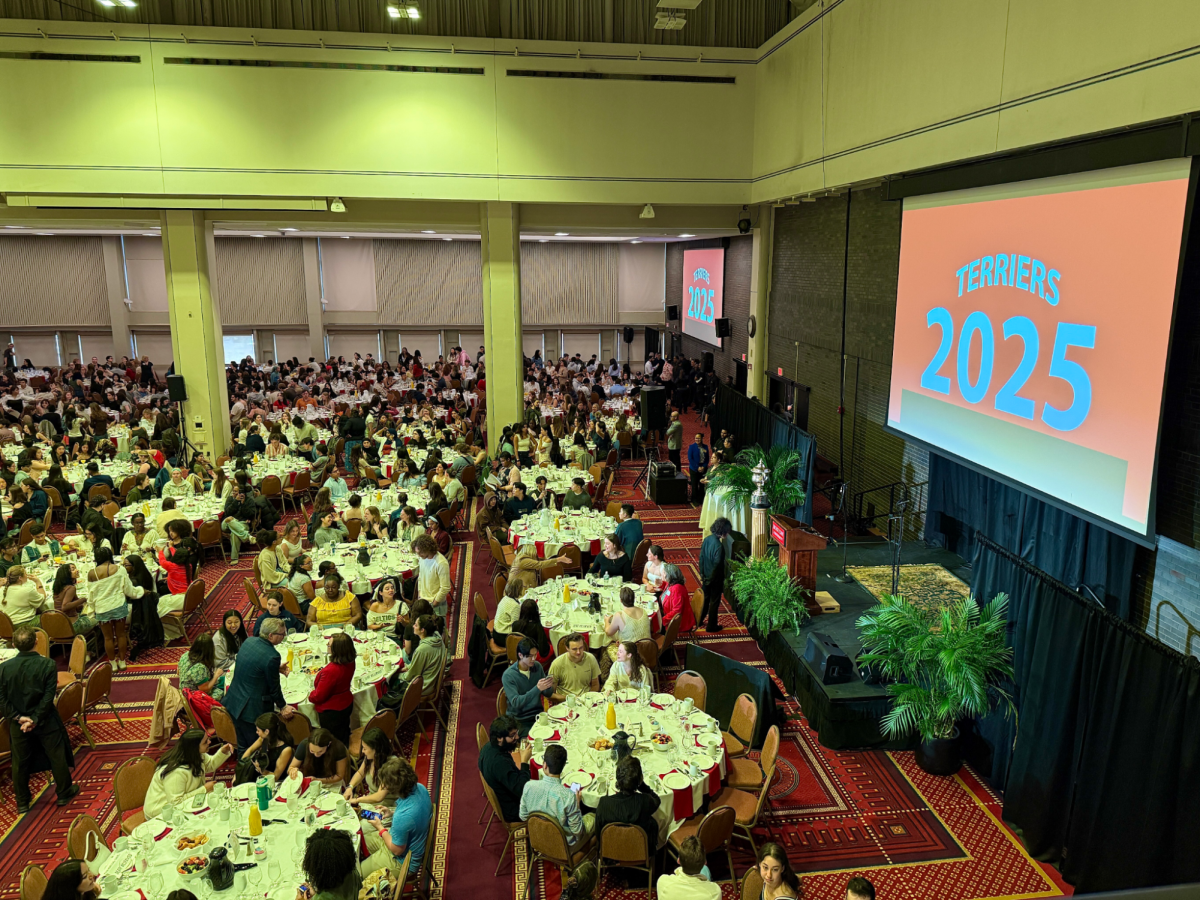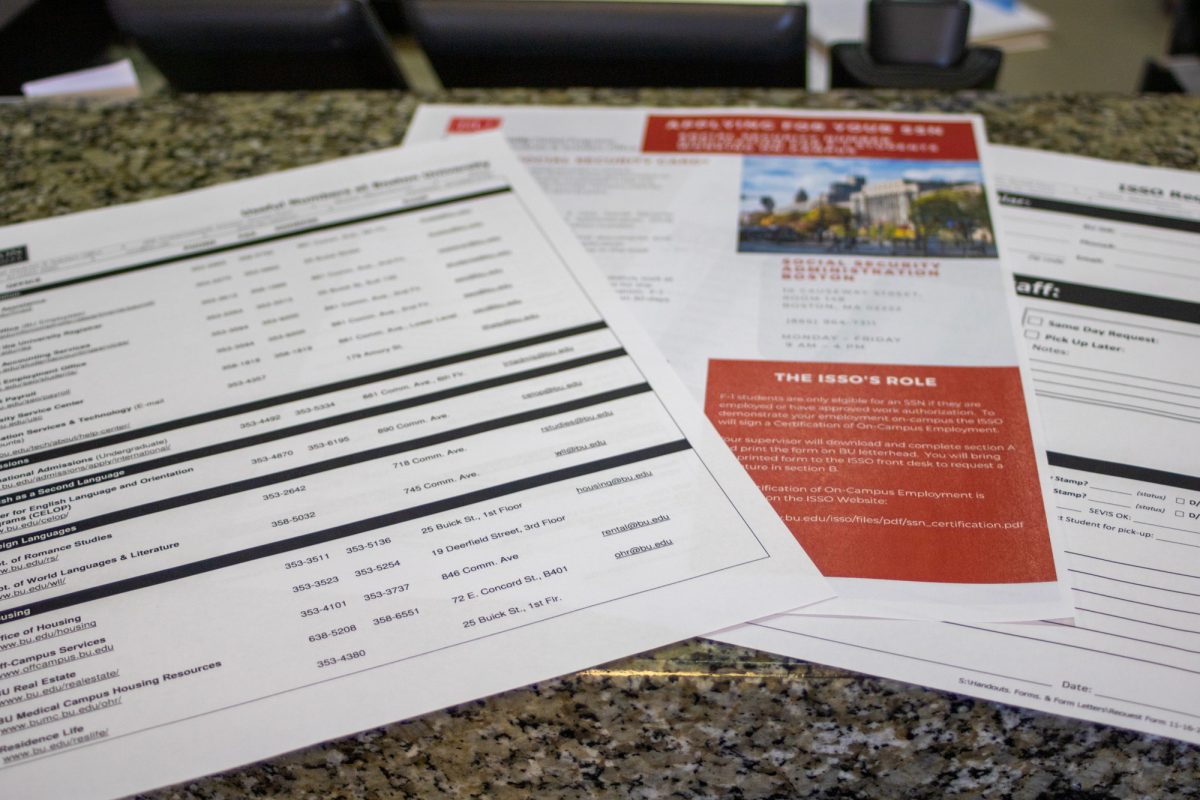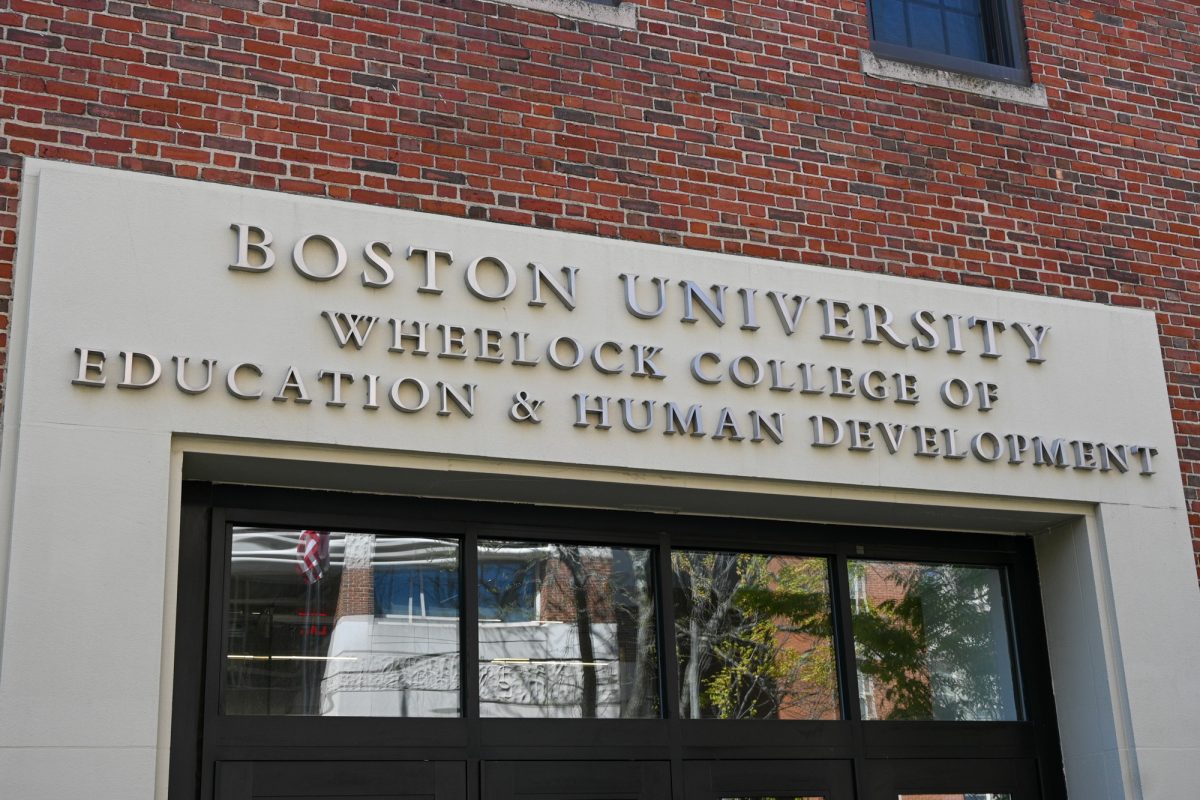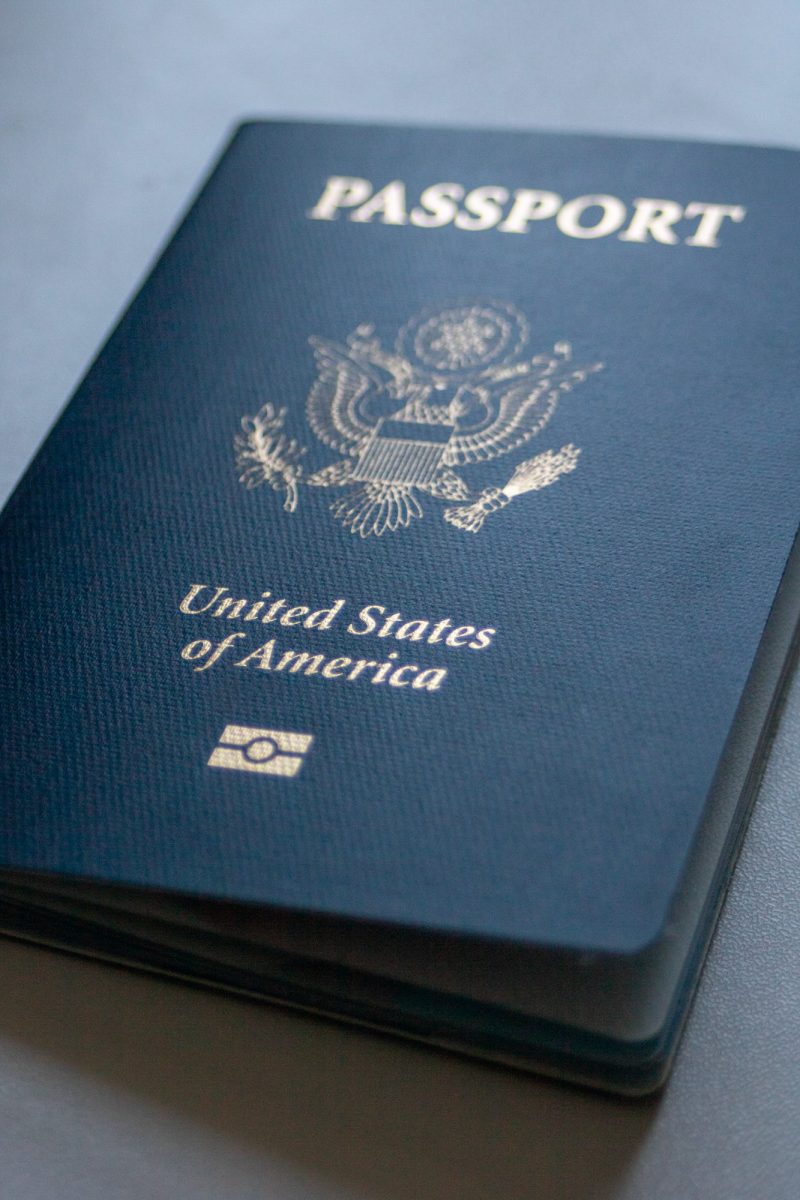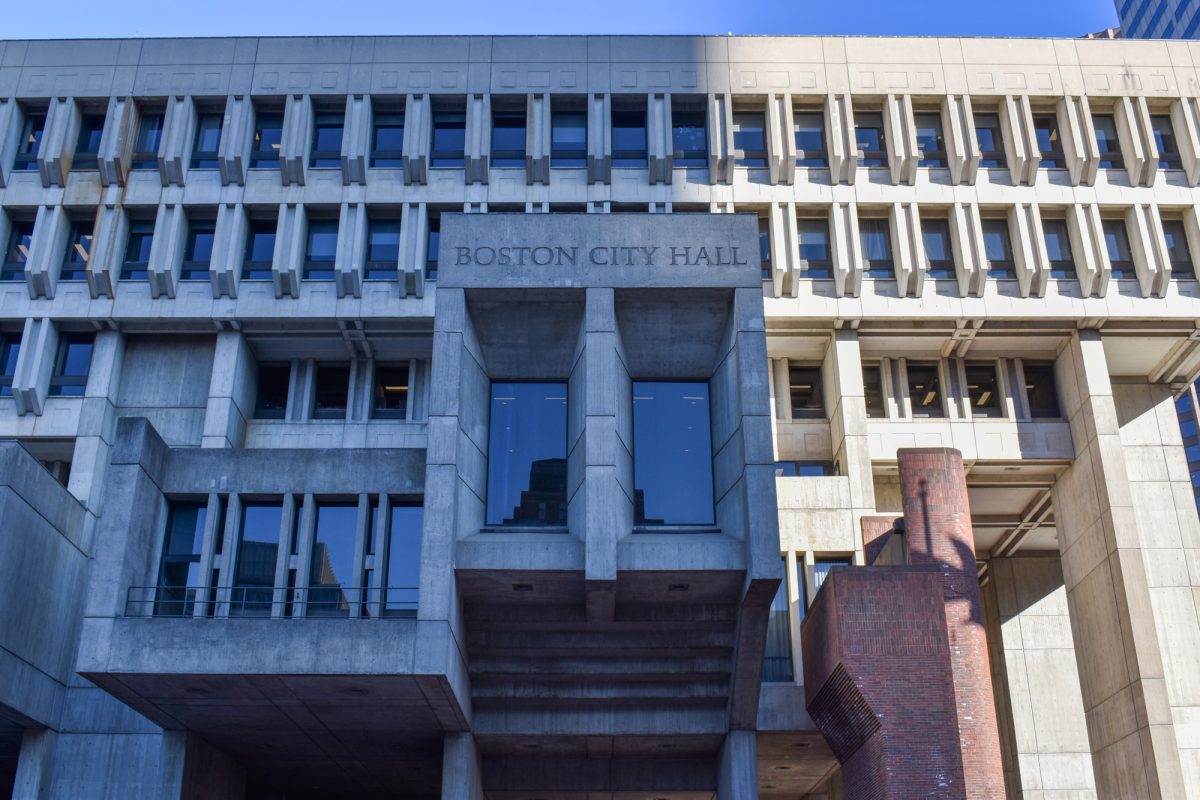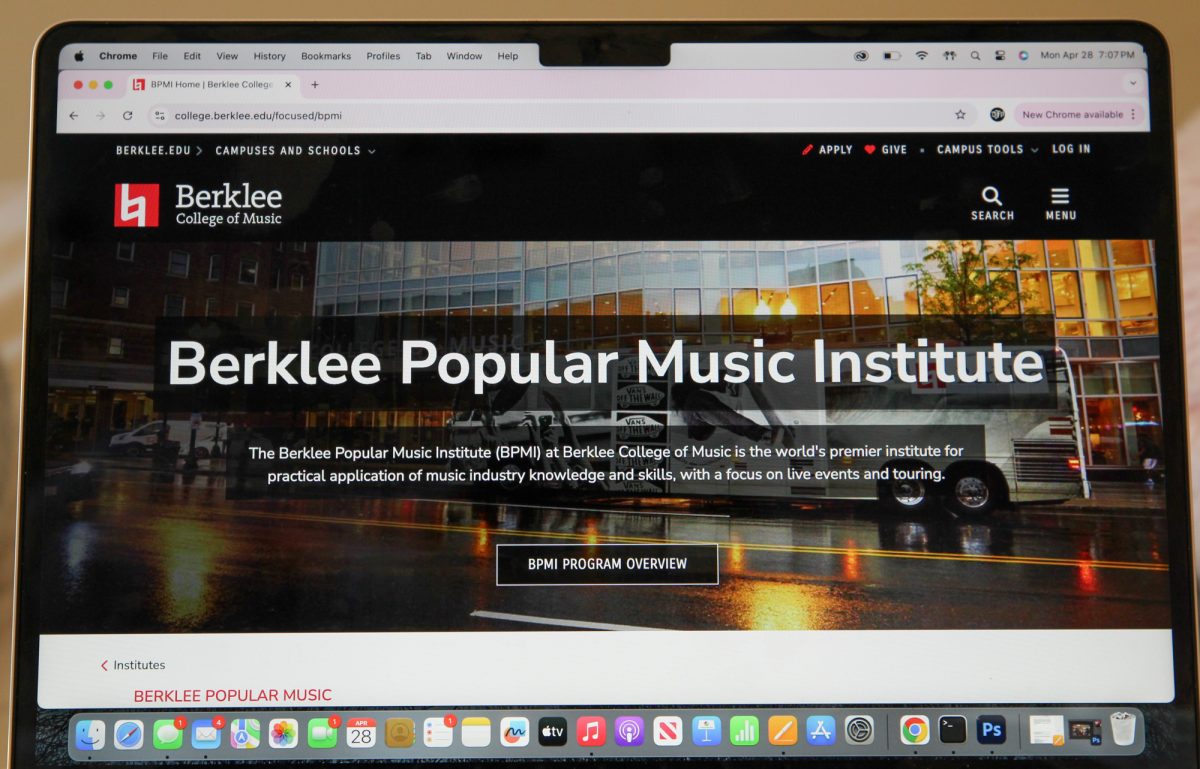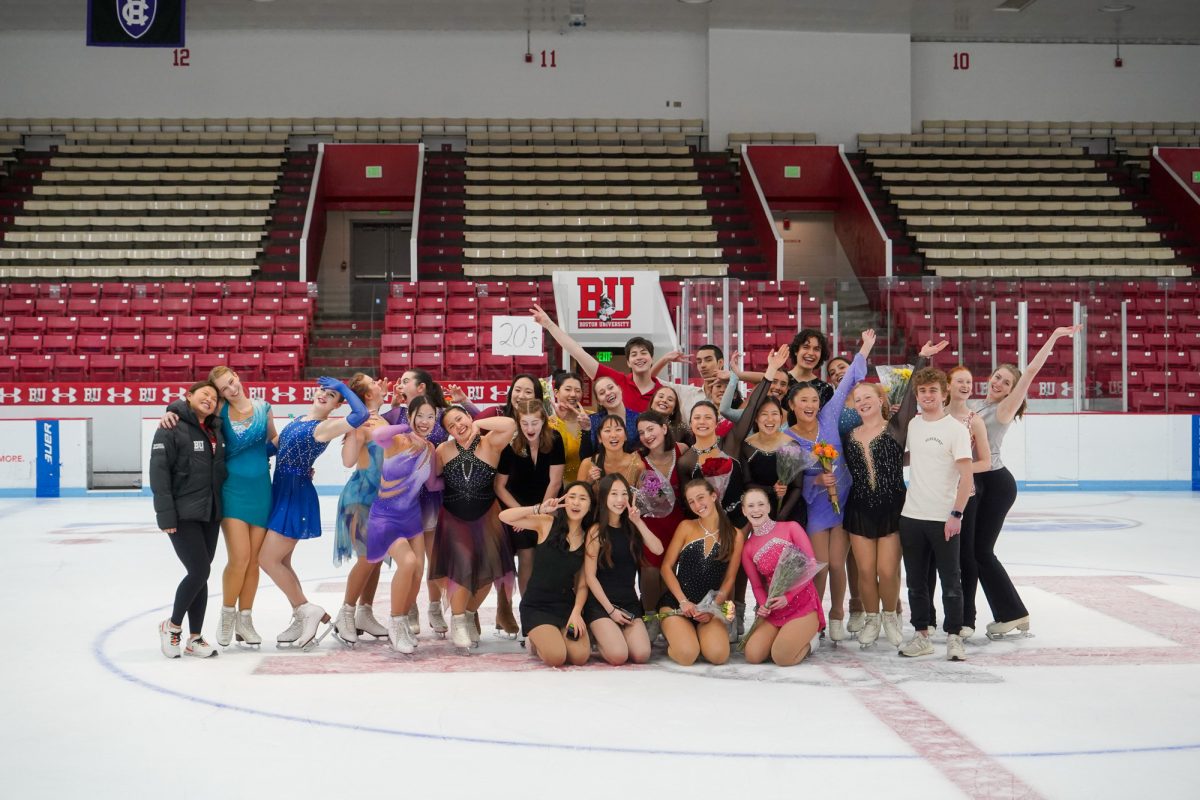It has been more than 30 years since man walked on the moon. Wednesday, President George W. Bush also pointed out that it has been more than 30 years since a human has gone more than 386 miles into space, roughly the distance from Boston to Washington, D.C. According to the president, it is time for that to change.
Last week, Bush unveiled a new vision for the National Aeronautics and Space Administration’s space exploration, setting a timeline that would put man back on the moon as early as 2015, with the idea of using the moon as a stepping stone for human exploration of Mars and beyond.
“We do not know where this journey will end,” Bush said. “Yet we know this: human beings are headed into the cosmos.”
Reactions from the public and scientists have been mixed, with some showing skepticism about funding and how much astronauts can learn by returning to the moon.
“Technologically, it’s all possible,” said Michael Mendillo, a Boston University professor of astronomy and electrical and chemical engineering. “It’s just expensive.”
Mendillo, who got into science largely because of President John F. Kennedy’s space initiative in the early 1960s, said he is excited about the new push toward space, but the $12 billion budget Bush outlined seems “exaggeratedly low.”
The first step in Bush’s plan is to complete work on the International Space Station by 2010. This will require bringing the space shuttle back into service and implementing recommendations from the Columbia Accident Investigation Board.
“The Columbia’s crew did not turn away from the challenge, and neither will we,” Bush said. According to his plan, the shuttle will be retired once the International Space Station is finished.
Bush outlined the development of a new manned spacecraft – a Crew Exploration Vehicle – to be tested by 2008 with the first manned mission no later than 2014.
Using this craft, Bush said he intends for NASA astronauts to return to the moon by 2020. By extending the lunar missions for increasing periods of time, he hopes to use the moon as a base for manned missions to Mars and possibly other planets.
Former President George H.W. Bush initially outlined the last major space initiative in 1989, but its $400 billion price tag was too high. President George W. Bush’s $12 billion budget is spread out over five years and includes only $1 billion in new funds; the additional $11 billion will come from within NASA’s current budget by reshuffling research endeavors to focus on this new initiative.
“I don’t think [Bush] had the courage to put out the correct numbers,” Mendillo said, citing the war in Iraq and the current economy as possible reasons for the low figure. “Somebody is going to have to put a realistic price tag on it all.”
However, Bush said the $12 billion is only the beginning and future funding decisions will be made based on how the project progresses. The details behind the $1 billion increase in NASA’s budget will not be available until Bush sends his budget proposal to Congress later this year.
Mendillo also expressed concern that reallocating NASA’s funding could deprive scientists working in other areas of astronomy – such as those working with the Hubble Space Telescope – of funds.
However, NASA spokesman Robert Mirelson said, “no truly worthwhile research will die due to lack of funding.”
In fact, he said, the new initiative will help fund large amounts of new and continued research. For example, time at the International Space Station will now focus on investigating the effects of space flight on human biology, according to Bush.
Such research is critical, especially if humans plan to go to Mars, said Serge Roy, a co-principal investigator of a NASA study at BU’s neuromuscular lab.
His lab is currently working on counteracting the muscle deterioration that occurs when humans encounter zero gravity. The longer the exposure, the worse the effects get, opening up the possibility of severe muscular atrophy during a two-year round trip to Mars.
In the coming years, NASA will turn to universities for research like Roy’s and for employees, Mirelson said. Because 60 percent of NASA’s degreed workers will become eligible for retirement within five to 10 years, Mirelson said he predicts a huge recruitment effort at the college level and a renewed focus on science at the middle school and high school levels.
According to Mirelson, NASA does not just want technicians, but anybody who is well-rounded, from a liberal arts student to a nuclear physicist.
“A well-rounded individual with a science degree that’s physically fit, that’s aggressive and outgoing has a good chance to be an astronaut,” he said.
However, he also pointed out that although NASA has only 100 astronauts, the organization has 30,000 full-time employees and hundreds of thousands of contractors who all help to keep the space program running.
“Americans like the imagination of space travel,” said Mirelson. “We are the space agency. We are ‘Star Trek.’ We are going to put people on Mars in your lifetime.”

